Your dog went in for her spay this morning. You’ve hovered over your phone the entire day, waiting for the doctor’s call that everything went smoothly. The relief drowns out everything else when that call comes through, including the after-spay instructions and warnings. You’re just so happy she’s okay. So when you go to pick her up, you’re startled by the pages they hand you. There’s so much information! Isn’t a spay a routine procedure? It is, but surgery is surgery. Before you panic, take a deep breath. After-spay care is pretty straightforward.
Understanding a Dog Spay
According to the ASPCA, around 6.5 MILLION animals enter shelters and rescues every year. That number’s staggering. Unhappily, only half of those animals usually find homes. Spaying your female pet helps prevent the influx.
The spay procedure removes either the ovaries (known as an ovariectomy) or both the ovaries and uterus (known as an ovariohysterectomy), which is more common. A spay prevents breeding and eliminates the heat cycle. Usually, the surgery happens between 4-6 months of age.
In addition to preventing unwanted puppies, spaying prevents health risks:
- Mammary cancer
- Ovarian cancer
- Pyometra
Spaying is safe and effective.
After-Spay Care: Anesthesia
Your dog will undergo general anesthesia during a spay. This means she’ll need a little extra TLC in the after-spay care department. Don’t be surprised if you pick up a super-groggy puppy. (If you’ve ever had anesthesia, you know what she’s going through) For the first 24 hours, while the anesthetic works out of her system, she needs special treatment.
Wobbly Puppy
Your girl’s balance no longer exists. This means you need to step up. Walk slowly, so she has time to find her feet. Even in the backyard, keep her on a leash. If she needs to go upstairs, walk behind her so you can catch her if she slips or falls.
She absolutely CANNOT jump. Jumping puts a strain on the suture line. If she misses, she’ll hit that tender abdomen against the couch. You don’t want her to cause additional pain.
Sick Puppy
Anesthesia can make ANYONE sick. That includes dogs. Your vet will advise you to cut her next meal in half as part of her after-spay care. She may not eat anything, and that’s okay. The anesthetics used often cause nausea. They WILL leave the system, and her appetite will return. Offer her small amounts of water to keep her hydrated.
Your dog may vomit. Again, it’s a normal reaction. Excessive vomiting is NOT. You need to call your vet right away if you’re seeing signs of uncontrolled nausea (i.e., non-stop drooling). They can provide her with anti-nausea medications.
Exhausted Puppy
Technically, your dog spent time “asleep” during her spay. However, she’s going to come home and SLEEP. This is also normal. Again, it’s a side effect of the anesthesia. Set up a comfortable bed for her, and let her relax. Her body went through A LOT, and it needs time to recover. Sleep does the trick.
That exhaustion may cause sleep incontinence. Consider covering her bed with puppy training pads to keep it clean. She hasn’t forgotten her potty training; she’s just THAT tired. Once the anesthetics are out of her system, she’ll rebound.
After-Spay Care: Incision
You’ve made it through the first day (go you!). Time to get down to the real after-spay care.
Every veterinarian is different, so your dog’s incision may feature different closure methods. The four most common sutures used are:
- Staples
- Standard Sutures
- Dissolvable Sutures
- Skin Glue
Staples and standard sutures need to be removed by your vet in 10-14 days. (You don’t see these as often anymore) Dissolvable sutures and skin glue don’t require removable. Both of them get absorbed by the body over time.
Incision Care
Regardless of the suture type, your after-spay care remains the same. You need to check the incision site at least once a day (twice is better). Regular checks allow you to notice any changes so you can alert your vet immediately. Just give your girl a gentle belly rub to take a peek.
Any of the following are cause for ALARM:
- Gaps between the sutures
- Pus
- Swelling or excessive redness*
- Large amounts of discharge*
- Foul smell
- Bleeding
*You may see small amounts of pale red discharge the first couple of days. That’s normal (the emphasis on SMALL). A little bit of redness is also expected. After all, your vet cut through her skin and muscle. It shouldn’t be horrible, though.
Cleanliness
It’s tempting to want to bathe your dog. But that’s a huge after-spay care no-no. The incision can’t get wet. You can use a damp cloth to clean AROUND the incision, but that’s it. For those two weeks, you might want to invest in dog grooming wipes.
The Cone of Shame
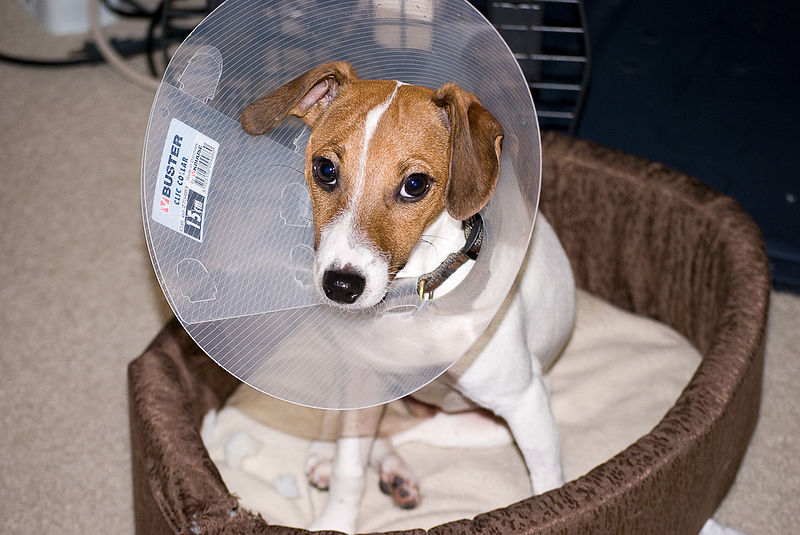
If your dog so much as nips that incision, it’s game over. The biggest after-spay care note is wearing the E-collar. Yes, she’s going to hate it (no dog loves their E-collar). However, if that incision opens…well, we’ll cover that. Plus, dog mouths are full of bacteria. You DON’T want bacteria in a surgical incision.
Your dog needs to wear her E-collar any time your eyes aren’t glued to her. It takes ONE SECOND for a dog to open an incision. You can’t take the risk. So no matter the sad puppy eyes or whines, she wears the E-collar throughout her after-spay care. It’s only two weeks, and she WILL forgive you (I promise).
After-Spay Care: Activity Restriction
Your dog is feeling more like herself. While that’s a good sign, your after-spay care responsibilities kick in. You have two weeks of activity restriction ahead of you.
Two weeks?! Yeah, two weeks. That’s how long it takes for the incision to fully heal.
Why so long? Your vet cut through the skin, all of the layers of muscle, and the body wall to access your dog’s ovaries and uterus. The incision is usually at least an inch long. Even laparoscopic procedures (where a camera assists in the surgery) involve incisions. The holes are just smaller. All of those tissue layers need time to close.
That means NO:
- Running
- Jumping
- Playing
Consequences
It’s a lot to ask of a puppy. It’s even a lot to ask of an older dog. (Older dogs take longer to heal, by the way) However, if that incision opens, your dog has a HOLE in their abdomen. That means open access to their internal organs. Worst-case scenario, those organs can protrude THROUGH the hole (this is known as evisceration). This is a critical emergency, and it can result in death.
If need be, please crate your dog to keep their activity level to a minimum. Two weeks is trivial compared to the consequences.
After-Spay Care: Pain Management
Pain management is a critical part of after-spay care. As a spay is a routine procedure, many people dismiss the importance of pain medication. Please, please, please: discuss having proper pain medication for after-care with your vet.
Why? Think about what the procedure entails. Spaying HURTS. Dogs cannot receive aspirin or other human NSAIDs. You need to have a dog-safe pain medication ready to go. Waiting until she’s in pain isn’t fair. Make sure you’re all set as soon as she comes home.
Want to know when it’s okay to stop the medication? According to Dr. Marina Tejeda of North Shore Animal League, “If your dog’s comfortable and energetic enough to play, she is probably doing okay.”
Two Weeks Down
Your two weeks are up. Your girl wore her E-collar throughout her entire after-spay care. You checked her incision twice a day without fail, and you kept the incision area clean. Even though she begged to romp and play, you kept her on her leash to manage her activity. You’re a complete pro!
See? I told you it’d be easy!

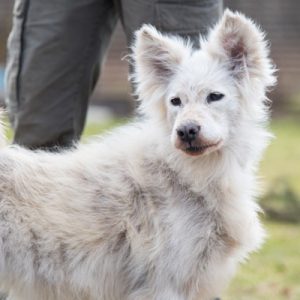

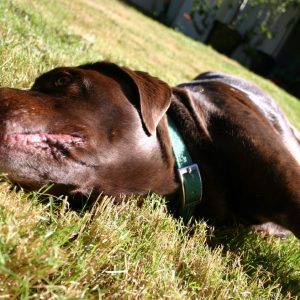

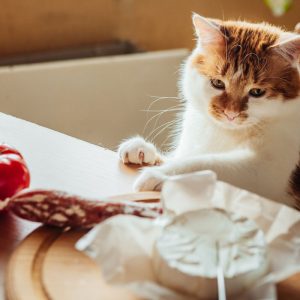

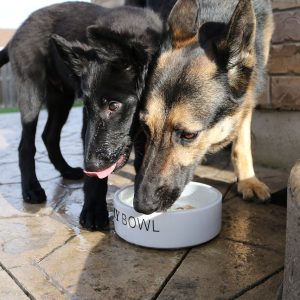



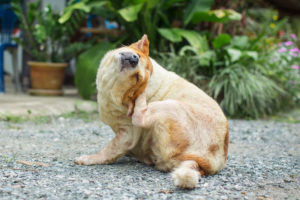
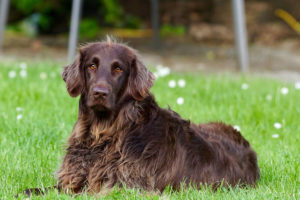
No comment yet, add your voice below!